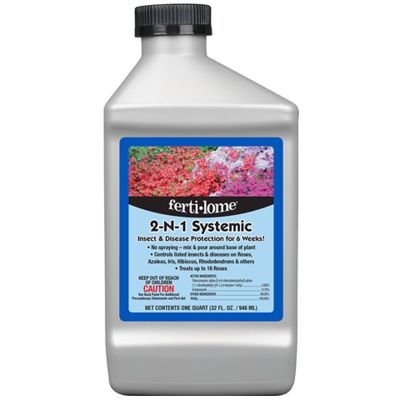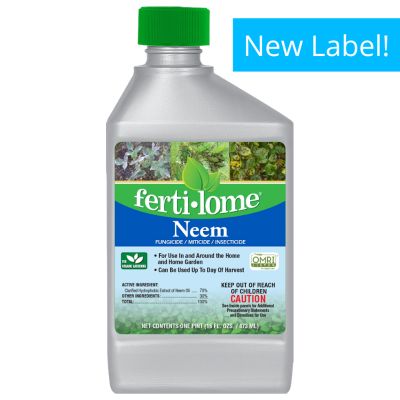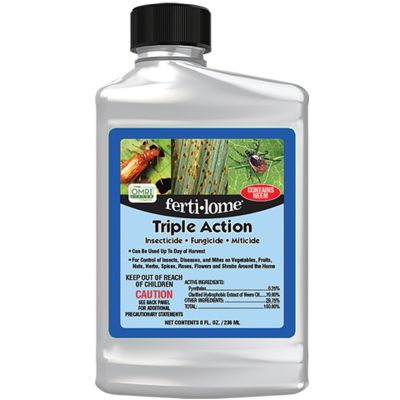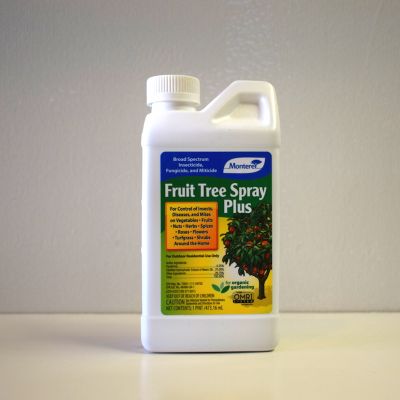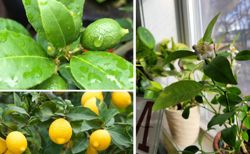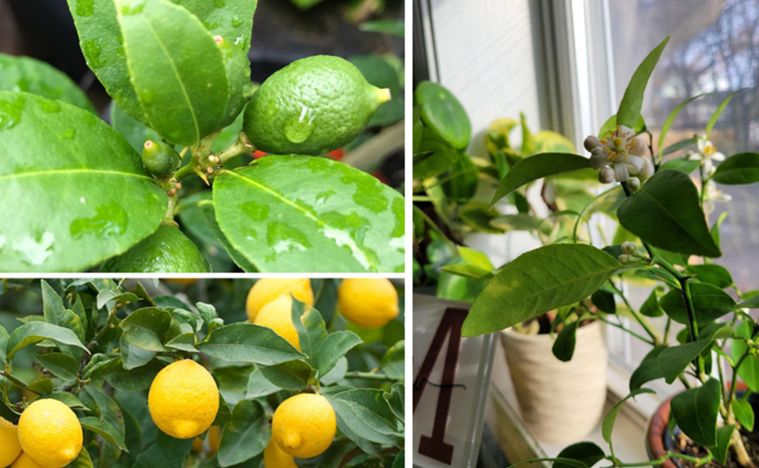How to Control Armored Scale Insects



What are armored scale insects?
Armored scale insects (Diaspididae) attach themselves to leaves and branches of trees and shrubs. These harmful pests feed on plants by extracting fluids, which damage the plant. Their waxy, protective cover or 'armor' can blend well with bark, making them inconspicuous and difficult to detect until the plant shows symptoms of decline.
In contrast to soft scale, armored scale insects do not move once they begin feeding and do not produce honeydew. The damage caused by the armored scale extracting fluids can result in leaf drop or branch dieback. Infestations are common on stressed plants from physical damage, drought, and excessive temperatures. Heavy infestations can ultimately kill trees and shrubs.
How can scale insects be controlled and prevented?
Control and prevention begin in late winter to early Spring. For light infestations, a branch or two can simply be removed and discarded. However, since they can be very inconspicuous, a preventative dormant oil can be applied in late winter and again in late fall when shrubs or trees are fully dormant. These dormant sprays will provide the best prevention and control.
The plants should be carefully monitored throughout the growing season and sprayed as needed with Horticultural Oil to control immature life stages, most notably the 'crawler stage'. This life stage is before attaching themselves for feeding, re-locating, and advancing the infestation. It is easier to kill them before they put on their suit of armor.
Also, there are many natural predators that help reduce scale abundance and damage. If noticeable damage to the armored scale is evident, you may wish to monitor and allow natural predation to occur before spraying.
When spraying, always read and fully understand product labels before application. If the target pest, armored scale is not on the label, then it should not be applied for control and prevention of armored scale insects.

